Morton encouraged Buckingham in his rebellion against the Richard, and it is he who is considered to be the source of much of what was written about the king - the murder of his brother George, Duke of Clarence and the murder of the Princes in the Tower are but two. Thomas More's 'History of Richard III' was based on Morton's account of the time.
However, Morton was a survivor who knew how to take care of himself, he died an old man at Knole House in Kent, a property that had been granted to the See of Canterbury on the death of Thomas Bourchier in 1486, his political machinations continuing under the new Tudor king.
He was buried at Canterbury Cathedral.
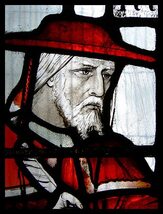
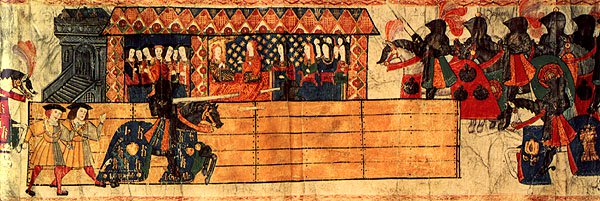
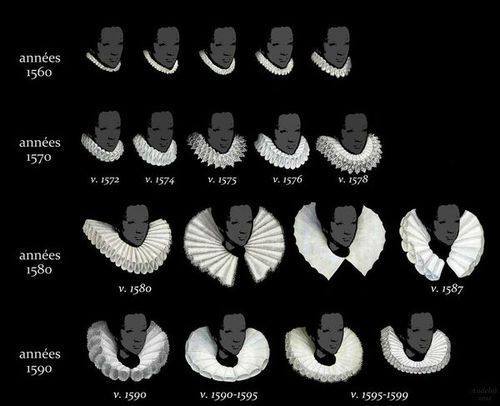
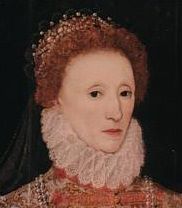
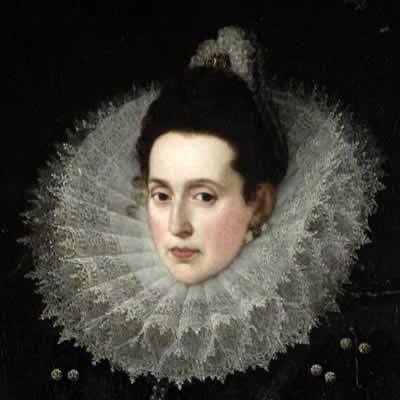

 RSS Feed
RSS Feed
